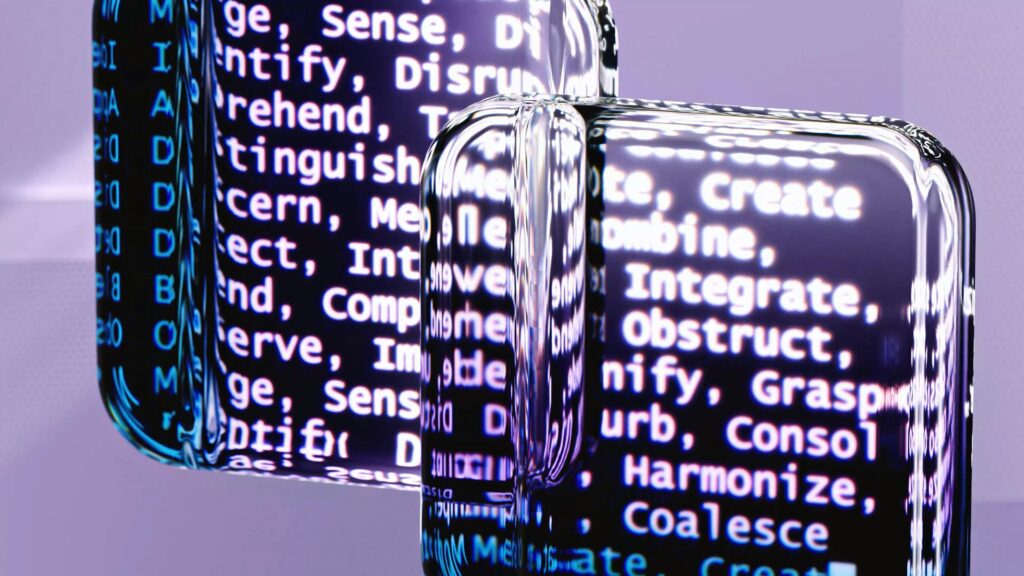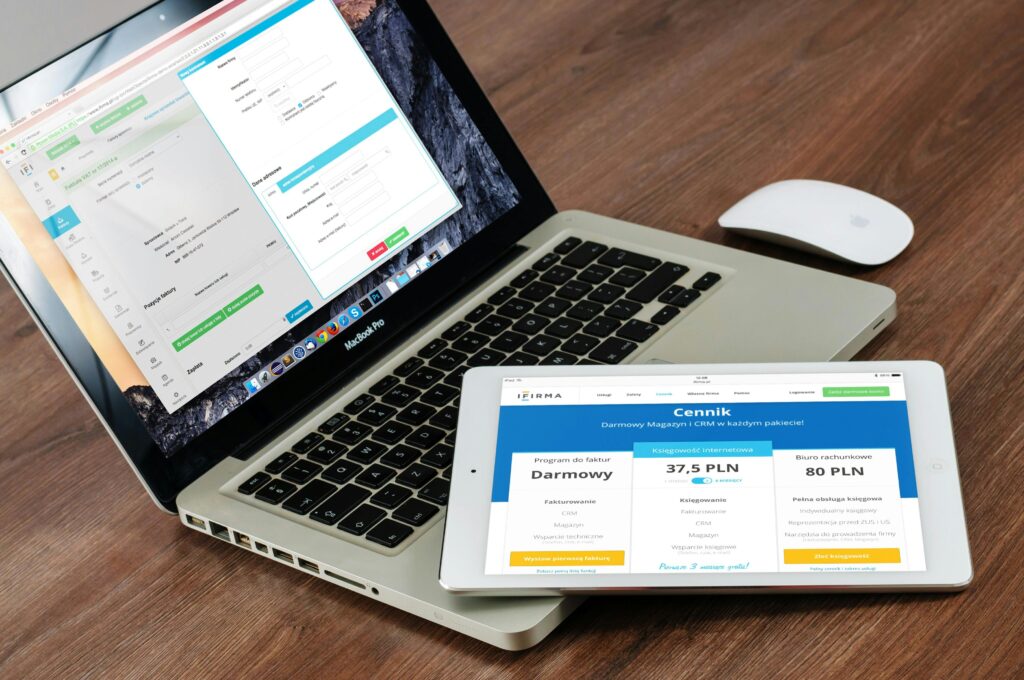
In the ever-evolving world of software development, a new concept is quickly becoming the talk of the town: vibe coding. From startups to major tech giants, everyone seems to be exploring this trend. But what exactly is vibe coding? Why is it gaining momentum, and how will it impact the way we build digital products?
As a Product Manager deeply embedded in cross-functional teams, I’ve watched this trend emerge firsthand. Let’s break it down from a product and business perspective.
What Is Vibe Coding?
Vibe coding refers to a more intuitive, creative, and human-centered approach to coding—where developers, designers, and even non-technical contributors build software based on user feel, team energy, and rapid iteration, rather than rigid specs and traditional workflows.
It’s not just about what the code does—it’s about how it feels. It’s the art of coding with rhythm, energy, and flow, often supported by new-gen tools like visual IDEs, AI pair programmers, low-code interfaces, and real-time collaborative environments.
In short, it is coding with vibes—where instinct, collaboration, and experimentation take center stage.
Why Are Developers Doing Vibe Coding?
In today’s agile landscape, speed and adaptability are everything. Product-market fit is not a one-time milestone—it’s a moving target.
- It reduces friction in ideation-to-implementation.
- It enables faster prototyping, particularly for MVPs.
- It democratizes development, allowing non-devs to contribute meaningfully.
- It aligns better with modern product discovery, where iteration beats perfection.
When teams operate in high-trust, high-energy environments, it lets ideas flow without bottlenecks. Think Figma for front-end, or GPT-powered auto-complete for code snippets—tools that make it feel like you’re designing a product, not just writing code.
Who’s Doing Vibe Coding?
The adoption of vibe coding is exploding among:
- Startups aiming to build fast, test faster, and pivot without tech debt.
- Indie makers who blend design, dev, and marketing in one workflow.
- Cross-functional teams where designers and PMs want in on the action.
- Remote-first companies leveraging async tools to keep momentum.
Even traditionally structured tech orgs are piloting its methods to boost team creativity and ship faster.
Big Tech & Vibe Coding
You might think only startups are experimenting with vibe coding—but that’s no longer the case. Here’s how major companies are leaning in:
- Meta (Facebook): Their internal dev environments now include collaborative AI suggestions and real-time low-code testing tools.
- Shopify: Encourages “dev vibes” through their Hydrogen framework, designed for fast frontend building with designers in the loop.
- Notion and Linear: Famous for product-first development cultures that blur the lines between PM, designer, and developer roles.
When companies like these focus on feel, flow, and fast iteration, it’s clear: it isn’t just hype—it’s a competitive edge.
What Are the Benefits of Vibe Coding?
Here’s why it is getting traction:
- Faster MVPs and releases – less red tape, more results.
- Higher team morale – devs enjoy the rhythm and creative freedom.
- Better UX outcomes – design and code happen in sync.
- Lower entry barriers – non-devs can participate in product building.
- More innovation – rapid iteration encourages experimentation.
For PMs like me, this translates into faster feedback loops, tighter user alignment, and less friction in translating vision into product.
Will Vibe Coding Kill Traditional Developers?
Short answer: no—but it will evolve the role.
Traditional developers won’t be replaced, but their environment is changing. Vibe coding emphasizes:
- Collaboration over isolation
- Rapid iteration over long planning cycles
- Empathy over just engineering
Developers who adapt—by learning tools like Framer, Retool, Copilot, or Bubble—will thrive. Those who cling to old-school, spec-heavy workflows may fall behind.
What’s clear is that being technically brilliant is no longer enough. Being creative, adaptable, and intuitive is just as critical.
The Future of Vibe Coding
Vibe coding is more than a buzzword—it’s a signal of where software development is headed: faster, friendlier, and more human.
As a Product Manager, I’m not just watching this space—I’m already integrating these practices into how our teams work. The products that win today aren’t just technically sound—they feel right, ship fast, and evolve constantly. That’s the essence of vibe coding.
If you’re not exploring it yet, now’s the time. Because in the future of tech, vibe matters.
Visit axion.pm to learn more about product management

